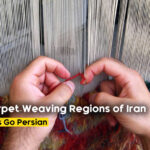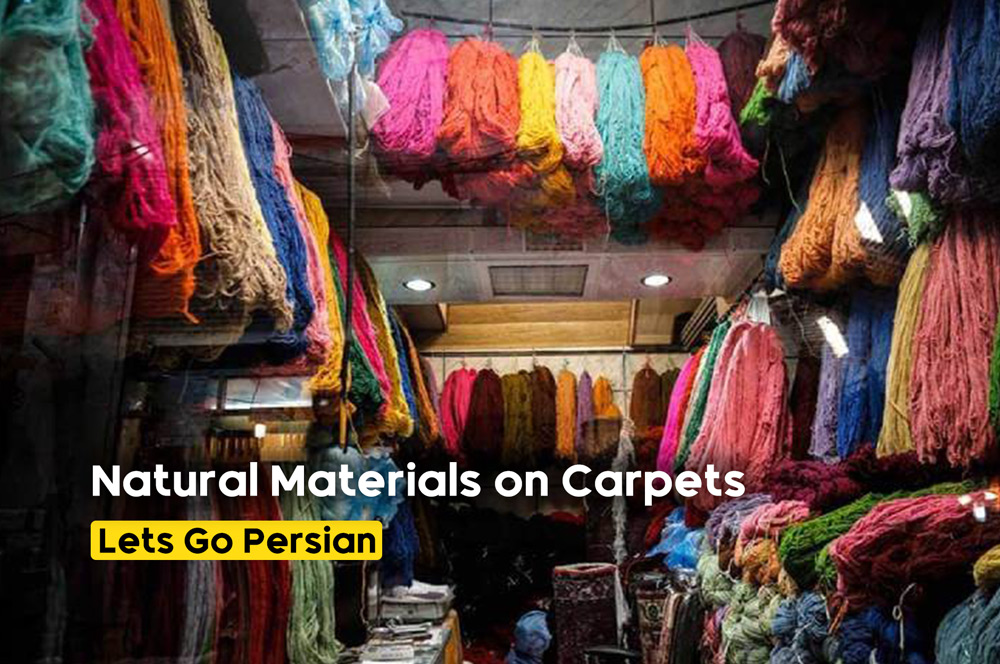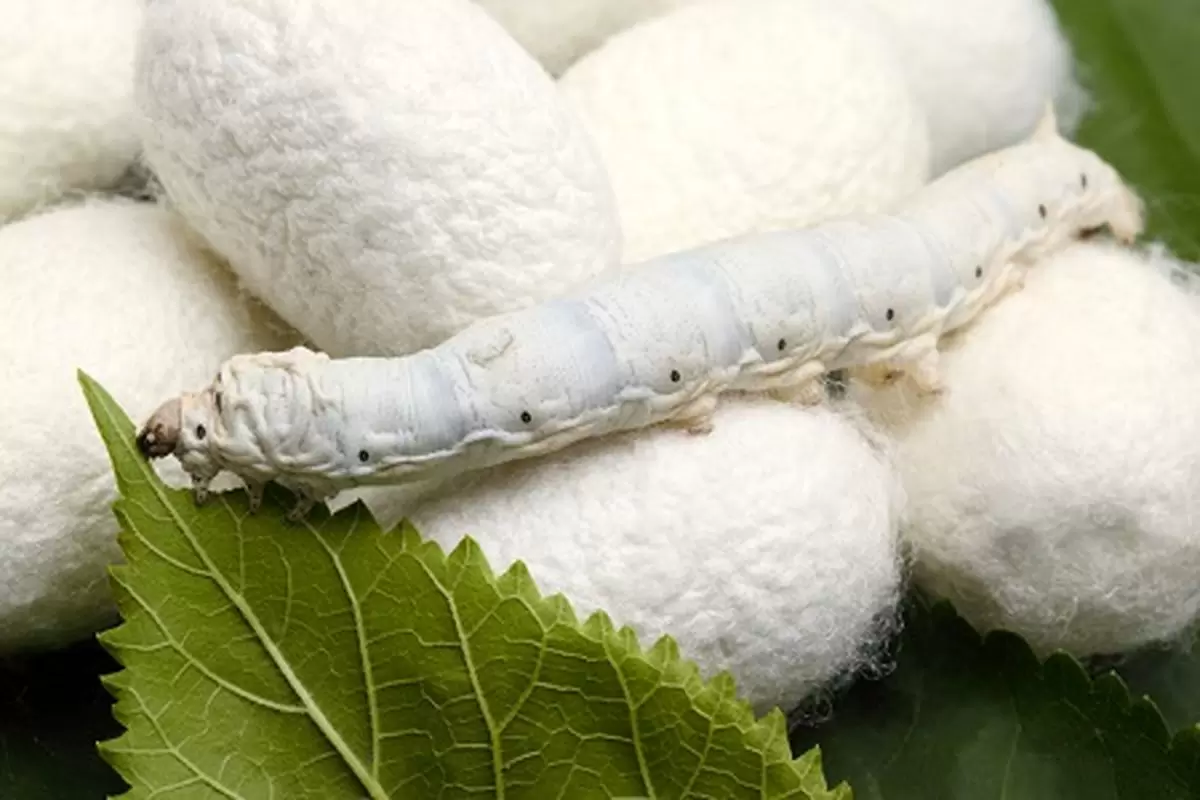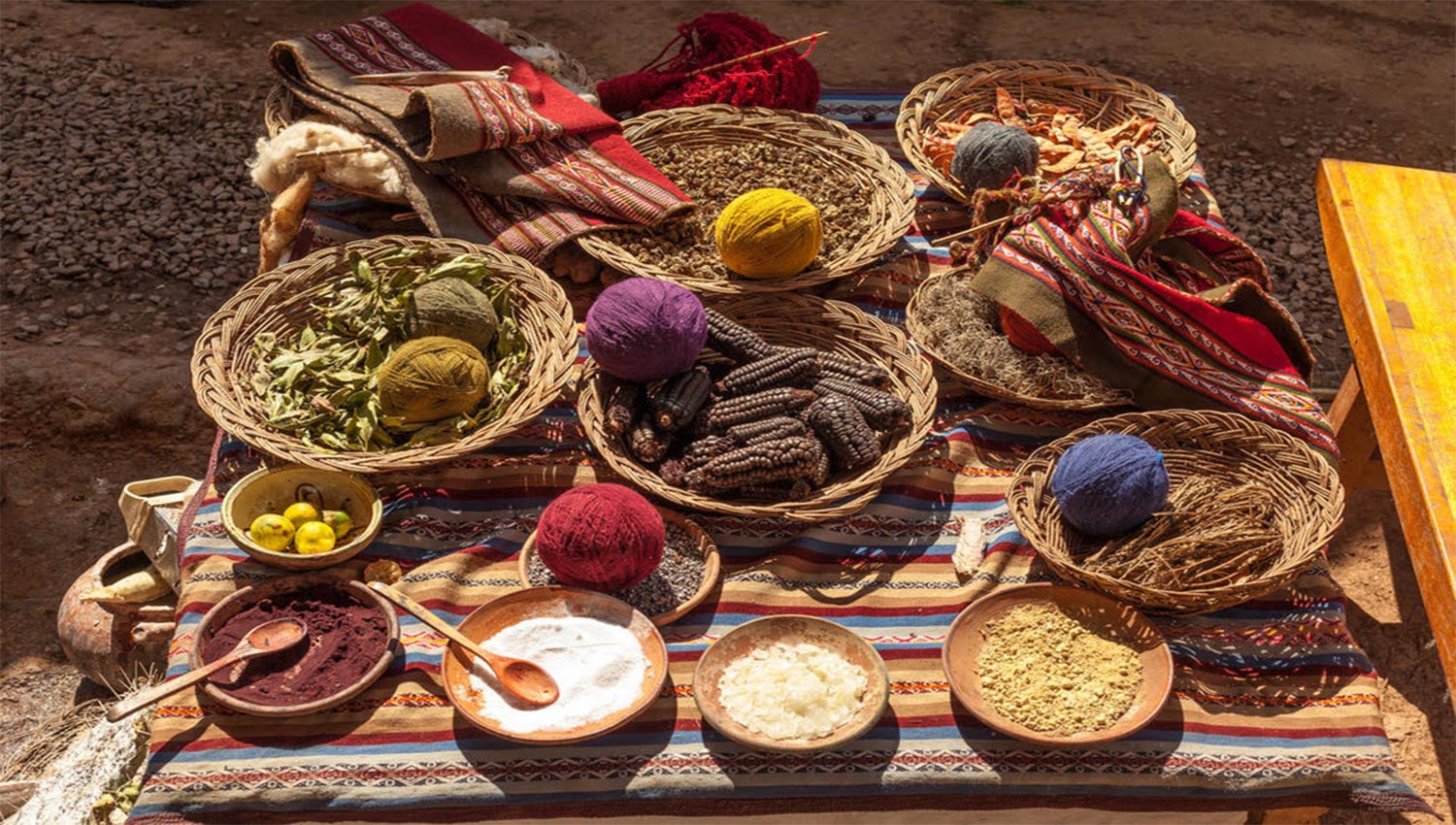
Exploring the Different Carpet-Weaving Regions of Iran and Their Unique Features

How to Distinguish an Authentic Persian Carpet from a Fake
Persian carpets are renowned worldwide for their intricate designs, exquisite craftsmanship, and vibrant colors. But what truly sets them apart is the use of natural materials and traditional dyeing techniques that contribute to their unmatched quality and longevity. The choice of materials and the colors used in these carpets play a crucial role in determining their aesthetic appeal, durability, and overall value. In this blog post, we will explore how the colors and natural materials used in Persian carpets impact their quality and why they continue to be treasured around the world.

The Impact of Colors and Natural Materials on the Quality of Persian Carpets
1. The Importance of Natural Materials in Persian Carpets
Wool: The Foundation of Persian Carpets
Wool is the most common material used in the weaving of Persian carpets, prized for its softness, durability, and resilience. The type and quality of wool used can significantly impact the overall quality of the carpet.
- High-Quality Wool: Persian carpets are often made from lamb’s wool or sheep’s wool sourced from local breeds. The finest wool is taken from the sheep’s belly and undercoat, which produces a softer, more lustrous pile.
- Durability: Wool is highly durable, resistant to dirt, and able to withstand heavy foot traffic. It has a natural elasticity that allows the carpet to bounce back even after years of use, contributing to the longevity of the rug.
- Natural Sheen: High-quality wool gives Persian carpets a natural sheen, enhancing the colors and providing a rich, luxurious appearance.
Silk: The Epitome of Luxury
Silk is often used in high-end Persian carpets to create detailed, intricate designs. While silk is more delicate than wool, its soft texture and natural shine add an element of luxury to the carpets.
- Fine Details: The finer threads of silk allow for more intricate patterns, making it a popular choice for carpets that feature complex medallions, floral designs, and detailed borders.
- Silk Highlights: In many Persian carpets, silk is used alongside wool to highlight certain areas of the design, adding dimension and contrast.
- Delicacy and Care: Silk carpets are less durable than wool carpets and are best suited for areas with low foot traffic or as decorative wall hangings.

Natural silk carpet thread
Cotton: The Strong Foundation
While wool and silk make up the pile of the carpet, cotton is often used for the warp and weft (the foundation of the carpet). Cotton provides a strong and stable base for the knots and helps the carpet maintain its shape over time.
- Tight Weaving: Cotton allows for tighter weaving and higher knot density, enabling weavers to produce detailed and intricate patterns.
- Foundation Strength: A strong cotton foundation ensures that the carpet remains durable and holds up well under pressure, preventing sagging or warping.

Cotton thread
2. The Role of Natural Dyes in Persian Carpets
The Art of Natural Dyeing
One of the most important factors in the quality of a Persian carpet is the use of natural dyes. For centuries, Persian weavers have relied on plants, insects, and minerals to create the vibrant colors that make these carpets so distinctive. Unlike synthetic dyes, natural dyes age gracefully, becoming richer and deeper over time.
Common Natural Dyes Used in Persian Carpets
- Madder Root: Madder root is used to produce a wide range of reds, from deep crimson to lighter shades of pink. It is one of the most commonly used natural dyes in Persian carpets.
- Indigo: Derived from the indigo plant, this dye produces shades of blue, ranging from deep navy to soft sky blue. Indigo is often used in the background of Persian carpets, especially in Isfahan and Kashan designs.
- Pomegranate Skins: The skins of pomegranates are used to create yellow tones. When combined with other dyes, they can produce shades of green.
- Walnut Husks: Walnut husks provide brown and beige tones, adding earthiness to the overall color palette.
- Cochineal: This insect-based dye is used to create vivid shades of red and orange. Though rarer, it is highly prized for its intensity.

The main colors in the carpet texture
The Impact of Natural Dyes on Carpet Quality
- Color Longevity: Unlike synthetic dyes, natural dyes do not fade quickly. Instead, they develop a patina over time, enhancing the beauty of the carpet as it ages.
- Color Depth and Variation: Natural dyes often produce subtle color variations, known as abrash, which give Persian carpets a rich, organic look. These variations add depth and character to the design.
- Eco-Friendly: Natural dyes are biodegradable and non-toxic, making them a more sustainable choice compared to synthetic dyes, which can contain harmful chemicals.
3. The Symbolism of Colors in Persian Carpets
Cultural and Spiritual Meanings of Colors
In Persian carpets, the colors are not just aesthetic choices but also carry deep cultural and spiritual meanings. Each color symbolizes different aspects of life, nature, and Persian tradition.
- Red: Symbolizes life, passion, and courage. It is often used to represent joy and happiness, particularly in the background or floral designs.
- Blue: Represents wisdom and spirituality. Darker shades of blue are often seen as protective, while lighter blues evoke a sense of peace and tranquility.
- Green: Considered the color of paradise and nature, green is also associated with Islam and holds a sacred place in Persian culture.
- Yellow: Represents power and glory. In older Persian carpets, shades of gold and yellow are often used to highlight areas of significance.
- Brown and Beige: Symbolize earth and humility, often grounding the designs with an organic, natural feel.
The Psychological Effect of Colors
The colors in Persian carpets not only reflect cultural meanings but also have a psychological impact on the atmosphere of the room.
- Warm Colors: Red, orange, and yellow tones create a warm, inviting ambiance and are often used in social spaces like living rooms.
- Cool Colors: Blue and green tones evoke a sense of calm and serenity, making them ideal for bedrooms or quiet sitting areas.
- Neutral Tones: Beige and brown carpets are versatile and create a grounding effect, complementing a wide range of interior styles.
4. How Natural Materials and Colors Affect Durability
Longevity of Wool and Silk
Persian carpets made from high-quality wool and silk are known for their longevity. Wool, in particular, is durable and naturally resistant to stains, making it ideal for carpets that will experience foot traffic. Silk, though more delicate, adds luxury and value to the carpet, enhancing its aesthetic appeal without compromising on durability when used carefully.
- Wool Carpets: Wool’s natural resilience allows it to withstand wear and tear, making it a durable choice for high-traffic areas.
- Silk Carpets: While silk is more delicate, it is often used in lower-traffic areas or as decorative pieces due to its lustrous quality and intricate detailing.
Natural Dyes and Longevity
Carpets dyed with natural colors age beautifully, often becoming more attractive as the colors deepen and soften with time. The natural dyes are absorbed deeply into the fibers, ensuring that the colors remain vivid for decades.
- Aging Gracefully: Unlike synthetic dyes that may fade unevenly, natural dyes mellow over time, giving Persian carpets an even more timeless and antique look as they age.
Conclusion
The quality of a Persian carpet is deeply influenced by the use of natural materials and traditional dyeing techniques. Wool, silk, and cotton contribute to the carpet’s durability, softness, and structure, while natural dyes provide vibrant colors that last for generations. The cultural significance of colors in Persian carpets adds another layer of depth to their design, reflecting the artistry and heritage of Iran. Whether for their beauty, durability, or historical value, Persian carpets continue to captivate collectors and homeowners around the world, standing as timeless works of art.






